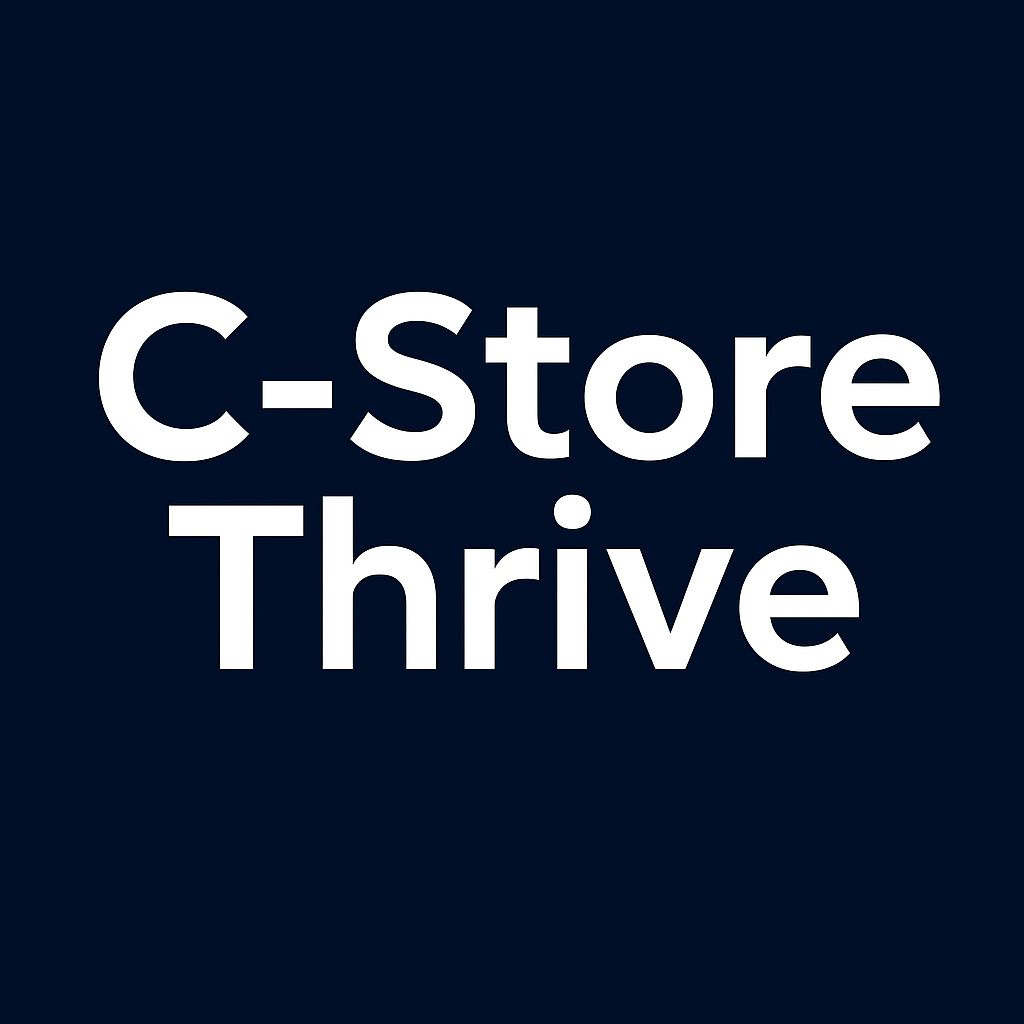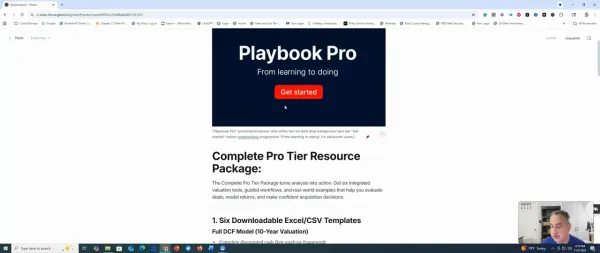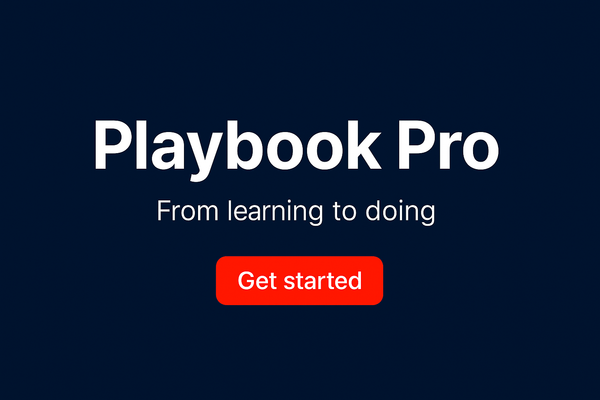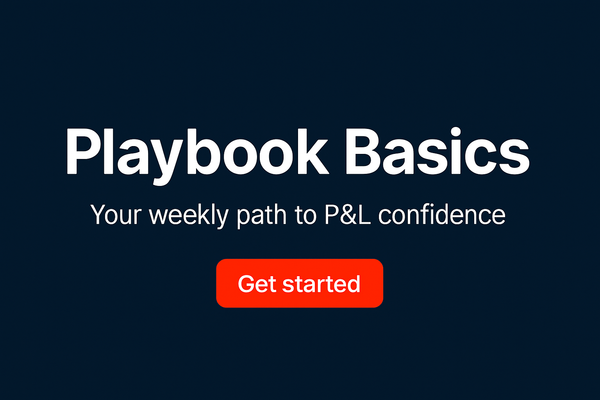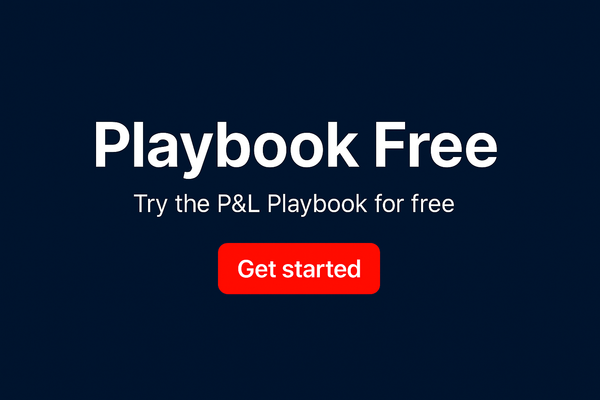Maximizing Impulse Buys Near the Checkout
20% of convenience store customers make unplanned purchases, with point-of-sale displays increasing sales up to 65%. The checkout area offers captive audiences during decision fatigue, making it prime real estate for candy, beverages, and small accessories positioned strategically.
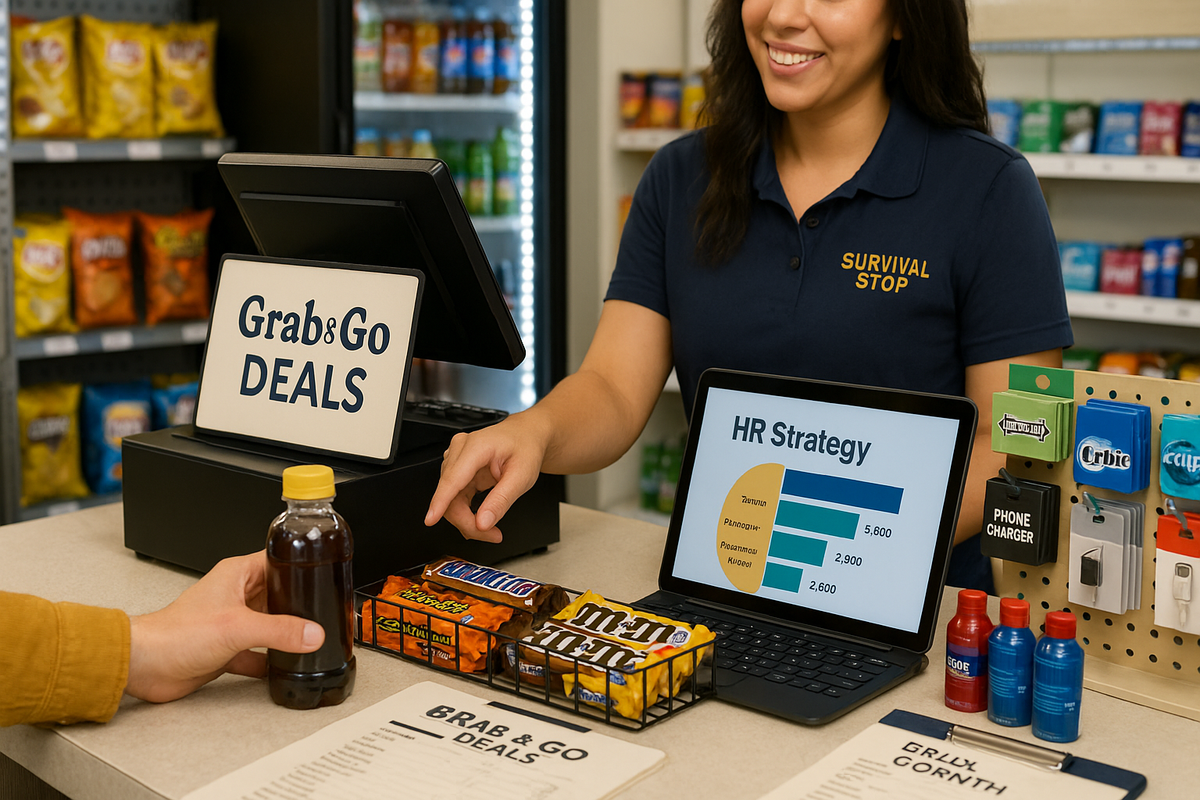
Your checkout counter isn't just where transactions happen—it's prime real estate for driving profits. Here's how independent convenience store owners can transform their point-of-sale area into an impulse-purchase powerhouse that competitors can't match.
The numbers tell a compelling story: 20% of convenience store customers make unplanned purchases every visit, with late-night shoppers even more likely to indulge impulsively at 25%. Yet most independent operators treat their checkout area as an afterthought, missing out on what could be their most profitable square footage. The most common impulse purchase is a packaged beverage (19.5%), followed by candy (18.2%) and salty snacks (16.1%)—all items perfectly suited for strategic checkout placement.
The financial opportunity is staggering. Research shows that point-of-sale displays can increase sales by up to 65% when properly implemented, with an average promotional program value of 499%—meaning every dollar invested in checkout displays generates nearly $5 in incremental sales. For independent operators competing against well-funded chains, mastering checkout merchandising isn't just advantageous—it's essential for survival and growth.
The stakes have never been higher. With approximately 80% of convenience store purchases being impulse items consumed within the hour, your checkout design directly impacts your bottom line. Stores that optimize their point-of-sale areas report increases of 10-30% in average transaction values, transforming routine visits into profitable encounters that build long-term customer loyalty.
The Science Behind Impulse Purchases
Understanding the Impulse Brain
Impulse purchases aren't random—they're predictable psychological responses that savvy retailers can systematically trigger. The impulse decision-making process operates on an ancient, emotional level that moves faster than rational thought. You have just 0.9 seconds to capture a customer's attention before their brain switches from "automatic" shopping mode to engaged consideration.
Key impulse triggers in C-store environments:
- Convenience: Easy-to-grab products requiring minimal thought
- Emotional satisfaction: Items that solve immediate problems or provide quick gratification
- Visual appeal: Products that "look appetizing" motivate 40.3% of impulse buyers
- Brand recognition: Familiar brands prompt 21.5% of impulse purchases
- Low price points: Items under $5 require less decision-making effort
The Checkout Advantage
The checkout area offers unique psychological conditions that maximize impulse potential:
Captive audience: Customers have nothing else to do while waiting in line
Decision fatigue: After making primary purchase decisions, customers become more susceptible to suggestions
Time pressure: The limited time until checkout creates urgency that can override rational evaluation
Proximity to completion: Being "almost done" shopping reduces resistance to "just one more item"
Strategic Checkout Design for Maximum Impact
The Golden Zone: Eye-Level Placement
"Eye level is buy level" remains the fundamental rule of impulse merchandising. Products positioned between 48-53 inches from the floor generate 35% more sales than items on lower shelves. For checkout areas, this translates to specific placement strategies:
Primary impulse zone (48-53 inches):
- High-margin candy bars and gum
- Energy shots and 5-hour energy drinks
- Phone accessories and chargers
- Seasonal novelty items
Secondary zone (36-48 inches):
- Larger snack packages
- Beverage multi-packs
- Travel-size health and beauty items
- Gift cards and lottery tickets
Lower zone (below 36 inches):
- Children's items and toys
- Bulk candy displays
- Heavy items like batteries
- Economy products and clearance items
Traffic Flow and Counter Configuration
Your checkout counter design should guide customers through an optimized purchasing journey. Strategic layout considerations include:
Queue management: Design clear pathways that expose customers to maximum product variety while waiting
Counter accessibility: Ensure adequate space for customers to place items while browsing impulse options
Staff efficiency: Position high-turnover items within easy reach of cashiers for quick restocking
The Multi-Fixture Approach
Diversify your checkout merchandising with complementary display types:
Countertop displays: Small, high-margin items like candy, gift cards, and phone accessories
Pegboard systems: Hanging impulse items such as chargers, lighters, and seasonal promotions
Tiered displays: Rotating fixtures that showcase variety without crowding
Digital screens: Dynamic pricing and promotional content that captures attention
High-Performance Product Categories
The Big Three: Proven Winners
Based on comprehensive impulse purchase data, three categories consistently deliver results:
Packaged Beverages (19.5% of impulse purchases)
- Energy drinks positioned at eye level for maximum visibility
- Small-format specialty drinks priced under $3
- Seasonal beverages rotated based on weather patterns
- Cold coffee drinks for morning rush periods
Candy and Confections (18.2% of impulse purchases)
- Premium chocolate bars at adult eye level
- Gum and mints for immediate consumption
- Seasonal and limited-edition varieties
- Share-size packages for group purchases
Salty Snacks (16.1% of impulse purchases)
- Small-format chip bags under $2
- Premium snack brands with higher margins
- Unique flavors not available elsewhere
- Protein snacks for health-conscious customers
Emerging Opportunities
Beyond traditional categories, independent operators can differentiate with strategic additions:
Technology accessories: Phone chargers, earbuds, and charging cables with 200-500% markup potential
Health and wellness: Hand sanitizer, pain relievers, and vitamins for immediate needs
Local specialties: Regionally popular items that chains don't carry
Seasonal rotation: Holiday-themed items, weather-appropriate products, and event-driven merchandise
Advanced Merchandising Strategies
The Psychology of Pricing
Impulse items perform best with specific pricing strategies:
Whole-dollar pricing: Use $2, $3, $5 instead of $1.99, $2.99, $4.99 for faster checkout processing
Price anchoring: Display premium options first to make standard items seem reasonably priced
Bundle offers: "2 for $5" or "Buy 2, Get 1 Free" to increase transaction size
Magic price points: $1, $3, and $5 create easy decision-making thresholds
Visual Merchandising Excellence
Strategic product presentation dramatically impacts sales performance:
Color coordination: Group products by complementary colors for visual appeal
Height variation: Create visual interest with tiered displays and varying package sizes
Clear sight lines: Ensure all products are visible and accessible to customers
Lighting optimization: Use focused lighting to highlight premium items and create ambiance
Cross-Merchandising Opportunities
Strategic product pairing increases average transaction values:
Solution selling: Combine related items like chips with dips, or coffee with pastries
Seasonal groupings: Bundle weather-appropriate items like hot cocoa and hand warmers
Lifestyle targeting: Position energy drinks near protein bars for fitness-conscious customers
Complementary positioning: Place gum near tobacco products, or phone chargers near magazines
Technology Integration for Modern Checkout
Digital Displays and Dynamic Pricing
Digital signage at checkout captures attention and drives purchasing decisions. Recent research shows 47% of shoppers notice digital ads during store visits, with 33% saying those screens influenced a purchase. Checkout areas command the highest engagement at 54% of customer attention.
Effective digital display strategies:
- Real-time promotional messaging based on inventory levels
- Weather-triggered product suggestions (cold drinks on hot days)
- Time-based offers (energy drinks during morning rush)
- Customer-specific promotions through loyalty program integration
Self-Checkout Considerations
Self-checkout lanes require different impulse strategies but still offer opportunities:
- Strategic product placement within arm's reach of scanning stations
- Digital suggestions on checkout screens for complementary items
- Last-minute item sections designed for self-service
- Clear pricing and easy-grab packaging for minimal friction
Performance Measurement and Optimization
Key Performance Indicators
Track these metrics to optimize your checkout performance:
Sales velocity: Items sold per day per linear foot of display space
Attachment rate: Percentage of customers adding impulse items to planned purchases
Average transaction lift: Increase in transaction value attributable to impulse items
Profit per square foot: Total gross profit generated by checkout merchandising space
Testing and Refinement
Implement systematic testing to maximize results:
- A/B test different product placements for 2-week periods
- Rotate seasonal items based on performance data
- Monitor competitor strategies and adapt successful tactics
- Gather customer feedback through casual conversation and observation
ROI Analysis Framework
Calculate your checkout merchandising return on investment:
text
Impulse Sales Revenue - (Product Cost + Display Investment) ÷ Display Investment × 100 = ROI%
Example:
Monthly impulse sales: $3,500
Product cost: $2,100
Display investment: $400
ROI = ($3,500 - $2,100 - $400) ÷ $400 × 100 = 250%
Seasonal Strategy and Adaptation
Weather-Driven Merchandising
Align your checkout offerings with predictable demand patterns:
Hot weather strategy:
- Increase cold beverage facings by 30-40%
- Add cooling items like frozen treats and electrolyte drinks
- Position sunglasses and lip balm prominently
- Reduce hot beverage space temporarily
Cold weather strategy:
- Expand hot beverage options and accessories
- Add hand warmers and emergency car supplies
- Promote comfort foods and warm snacks
- Include cold and flu remedies
Holiday and Event-Based Rotation
Capitalize on predictable shopping occasions:
- Valentine's Day: Premium chocolates and small gifts
- Summer travel: Phone chargers, snacks, and travel accessories
- Back-to-school: Energy drinks, gum, and small electronics
- Winter holidays: Gift cards, batteries, and party supplies
Staff Training for Impulse Success
The Art of Suggestive Selling
Train cashiers to naturally enhance impulse purchases without being pushy:
Effective approaches:
- "Would you like to add a pack of gum for just $1?"
- "We have a deal on energy drinks today—buy two, get one free"
- "That charger goes great with the phone case you picked up"
Avoid aggressive tactics:
- Don't pressure customers who seem rushed or stressed
- Focus on genuine value rather than just increasing sales
- Respect "no thank you" responses immediately
Creating Awareness Without Annoyance
Subtle techniques that enhance rather than interrupt the checkout experience:
- Position staff to naturally gesture toward featured items
- Use conversational mentions of seasonal or promotional items
- Provide genuine recommendations based on customer purchases
- Maintain focus on efficient, friendly service first
Competitive Differentiation Strategies
Local Advantage Tactics
Independent operators can leverage unique advantages chains cannot match:
Community connection: Stock items related to local events, teams, or preferences
Agility: Quickly test and implement new products based on customer requests
Personal service: Remember regular customers' preferences and make personalized suggestions
Unique sourcing: Carry local or specialty items unavailable at chain competitors
Premium Positioning
Elevate your checkout area above typical chain store expectations:
- Curate higher-quality impulse items with better margins
- Create attractive, boutique-style displays that feel premium
- Offer exclusive or limited-edition products through specialty distributors
- Focus on customer experience rather than pure convenience
Troubleshooting Common Challenges
Space Constraints
Maximize limited checkout space through strategic design:
- Use vertical space with wall-mounted displays
- Implement modular fixtures that can be reconfigured seasonally
- Choose multi-functional displays that serve both storage and presentation
- Eliminate low-performing products ruthlessly to make room for winners
Inventory Management
Balance variety with turnover to minimize waste:
- Start with proven categories and expand based on performance
- Implement first-in, first-out rotation for perishable items
- Use vendor partnerships for consignment programs when possible
- Track expiration dates closely for dated products
Customer Flow Issues
Address checkout bottlenecks that reduce impulse opportunities:
- Ensure adequate space for customers to browse while waiting
- Position impulse displays to not interfere with traffic flow
- Use clear sight lines to prevent customers from feeling trapped
- Consider express lanes for customers with minimal items
The Future of Checkout Merchandising
Emerging Trends
Stay ahead of industry evolution with forward-thinking strategies:
- Contactless payment integration: Design displays that work with mobile-first customers
- Sustainability focus: Include eco-friendly impulse options to appeal to conscious consumers
- Health consciousness: Expand better-for-you snack options alongside traditional favorites
- Experience-driven retail: Create Instagram-worthy displays that encourage social sharing
Technology Integration
Prepare for continued digital evolution in retail:
- AI-driven recommendations: Systems that suggest impulse items based on primary purchases
- Dynamic pricing: Real-time adjustment based on demand, inventory, and customer data
- Augmented reality: Future applications for product information and recommendations
- IoT sensors: Automatic tracking of customer behavior and product performance
Conclusion: Your Checkout Advantage
The checkout area represents your last and best opportunity to maximize each customer interaction. While chain stores rely on corporate planograms and standardized approaches, independent operators can create dynamic, locally-responsive impulse merchandising strategies that drive real competitive advantage.
Success requires systematic implementation: strategic product selection, optimized placement, performance measurement, and continuous refinement based on customer response and sales data. The initial investment in proper fixtures and strategic inventory typically pays for itself within 60-90 days through increased transaction values and customer satisfaction.
Remember that effective checkout merchandising is about enhancing the customer experience, not exploiting it. When done correctly, impulse purchases provide genuine convenience and satisfaction while generating the incremental profits that enable independent stores to compete effectively with larger chains.
Start with the fundamentals: eye-level placement of proven categories, strategic pricing, and staff training. Build on early successes by expanding product variety, testing seasonal rotations, and incorporating technology solutions that fit your customer base and operational capabilities.
The convenience store industry continues evolving, but the psychology of impulse purchases remains constant. Customers want convenience, value, and pleasant experiences. Stores that deliver all three while strategically presenting relevant impulse opportunities will thrive regardless of competitive pressures or market changes.
Ready to transform your checkout area into a profit center? Begin by analyzing your current performance, implementing the proven strategies outlined above, and measuring results systematically. The investment in strategic checkout merchandising will pay dividends through improved margins, increased customer satisfaction, and sustainable competitive advantage in your local market.
